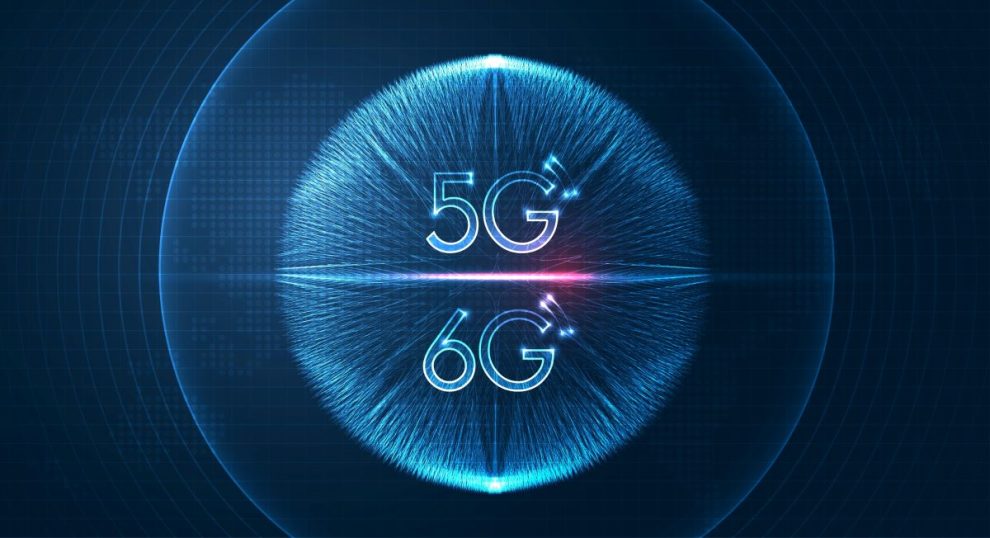Ah, the ever-evolving world of mobile technology! 5G and 6G are currently at the forefront, promising faster speeds, lower latency, and a whole new realm of connectivity. But what are the key differences, and why should we care? Let’s dive in:
Speed: Going Places Faster
It’s all about going places faster. 5G already boasts significant speed increases over 4G, but 6G aims to be 100 times faster! Imagine downloading movies in seconds or experiencing near-instantaneous streaming with no buffering.
Latency: The “Ping” That Matters
Think of latency as the “ping” in online gaming. It’s the time it takes for data to travel between devices. 5G has dramatically reduced latency compared to its predecessors, but 6G aims for 1 to 10 microseconds, making real-time applications like remote surgery and augmented reality feel seamless.
Network Capacity: Room for Billions of Devices
With more and more devices connecting to the internet, networks can get congested. 6G’s wider range of frequencies and advanced network slicing capabilities will handle this growing demand, ensuring efficient data transmission for billions of devices.
New Technologies: AI, Holograms, and More
6G will pave the way for revolutionary technologies like AI-powered networks, ultra-reliable low-latency communication (uRLLC) for critical infrastructure, and holographic communication that feels like a real-life interaction.
Why 5G and 6G Matter
The impact of 6G transcends faster downloads and better streaming. It has the potential to:
- Revolutionize industries: Imagine smart cities with self-driving cars and interconnected infrastructure, or remote healthcare with real-time diagnosis and treatment.
- Boost economic growth: New industries and applications will emerge, creating jobs and stimulating innovation.
- Bridge the digital divide: Improved connectivity can reach remote areas and underserved communities, promoting global access to information and opportunities.
The Big Catch: Challenges Ahead
While the potential is exciting, 6G is still in its early stages. Research and development are ongoing, and it will likely be several years before we see widespread adoption. Additionally, infrastructure upgrades and affordability will be crucial factors in ensuring equitable access.
The Future of Connectivity
The race for 6G is on, and it’s sure to bring about transformative changes in how we live, work, and connect. It’s a future worth getting excited about, but one that also requires careful planning and responsible development to ensure the benefits reach everyone.
Stay tuned! As 5G rolls out and 6G research progresses, we’ll keep you updated on the latest developments in mobile technology.
















Add Comment